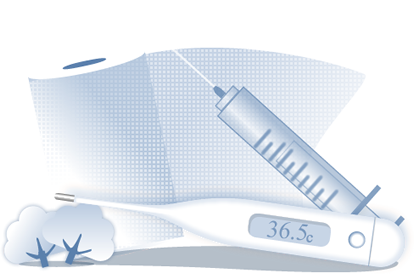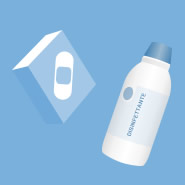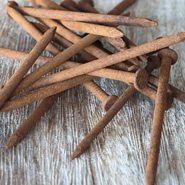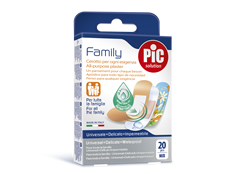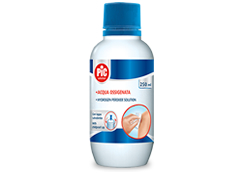
When fresh air helps to heal wounds
You will often have heard about how important it is to leave a wound exposed to the air so it can heal, but it's not always the case. We'll explain when and why a wound should be covered up.
The first piece of advice before you even consider whether to cover up a wound or not, is to stop any bleeding. That's easy to do: simply apply strong pressure to the injured area with your fingers or the palm of your hand. It's only after doing that can you disinfect and protect the wound with a sterile bandage or ordinary adhesive one.
When you should leave a wound exposed to the air
If your wound is already healing, you should leave it exposed. If you reduce the amount of air circulating around it, you could open the way to exactly those bacteria that like to live "under cover".
When you shouldn't leave a wound exposed to the air
Is your wound oozing fluids or pus? That probably means that you've got an infection; in which case, cover up the wound, as you have to try to avoid it spreading to other parts of your body.
Moisture promotes healing
It's useful to know that certain types of adhesive bandages heal your wound by creating a moist atmosphere that ensures the necessary flow of oxygen for a complete recovery, which also reduces the chance of unsightly scarring.
Never leave wounds exposed to sunlight
If you have a wound, keep it out of direct sunlight, as it has an irritating and dehydrating effect on open wounds that could potentially have serious consequences, as well as increasing the risk of scarring. Normally, and depending on the severity of the wound, you should avoid exposure to the sun. For more serious injuries, care can even include a year "in the dark"

